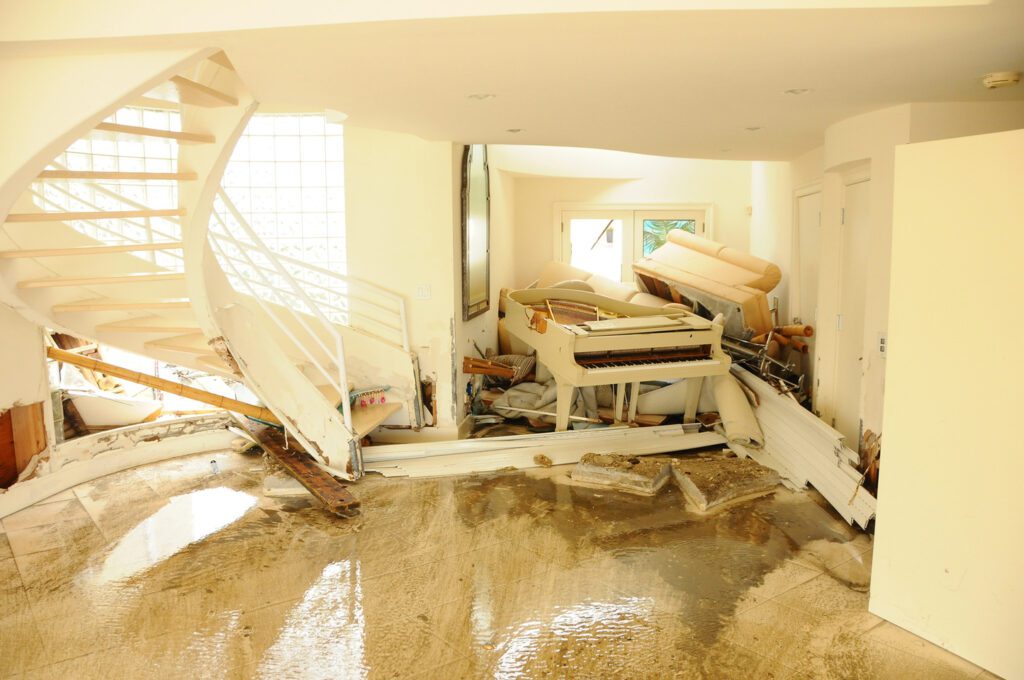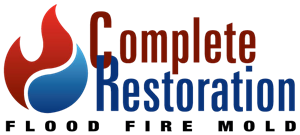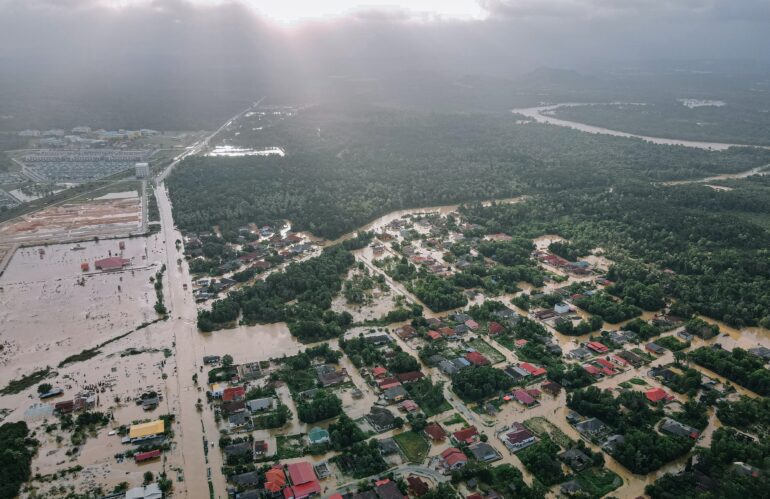Flood damage is a much more serious problem than other types of water damage that originate from broken or leaking pipes inside the home. Flood water rises up from the streets and sewers, carrying human waste, dead insects and animals, oil, garbage, and dirt. This creates a film of residue that is left behind, along with a horrible odor, even after the flood waters recede. As if that wasn’t bad enough, floods tend to affect a larger area of your home than a simple broken pipe, and the damage is usually more extensive.
It is no secret that floods can significantly damage your home and property. If your home is affected by a flood, homes are often unusable until the damage has been repaired. The good news is that with a skilled team of professionals, it is perfectly possible to repair the damage and restore your home to its previous state. In many cases, improvements are made to help prevent any flood or water damage in the future, which means your home is in even better shape than before the flood!
Flood Restoration Process
A flood restoration does not happen overnight. It is a multi-step process that requires intensive training, certified technicians, and specialized equipment. While each flood restoration job is slightly different based on the extent of the damage, the type of house, and so on, the process, in general, follows these steps:
Washing: It may seem counterintuitive to wash out the contaminated areas with water after a flood. However, flood water is full of grime and leaves a noxious residue when the waters recede. Washing allows the team to see the damage more clearly, and to get rid of some of the dangerous contamination.
Water removal: Any remaining water will be sucked up, then comes the process of drying and mold prevention. This involves air blowers to evaporate any moisture from the floors and walls, and dehumidifiers to remove excess water from the air.
Rebuilding: After damaged materials are removed from the floor and walls, new ones can be brought in to replace them. These replacement floors, insulation, walls, and support structures can be selected from more water-resistant materials to help prevent future damage.

Post-Flood Damage, Restoration, and Future Prevention
After a flood, you will need to throw away many of the items in your house that cannot be restored, though you should keep an accurate record for insurance purposes of what you need to get rid of.
This will include anything that can’t be thoroughly cleaned and dried to prevent bacteria and microbes from growing inside them. Most often, carpets, mattresses, box springs, and upholstered furniture that’s been in contact with flood water will need to be replaced.
If you live in an area prone to floods, it is a good idea to have improvements made as part of the restoration process to help prevent future flood damage to your home. Some of these improvements might include elevating electrical outlets, water-resistant flooring secured with a waterproof adhesive to a pressure-treated subfloor, wider baseboards, insulation that is either water-resistant or easy to remove and replace, or vinyl and latex paint rather than wallpaper.
Keeping your rain gutters clean and planting trees in the yard are good ways to prevent minor flooding. You might consider having a rain garden built as well, in order to soak up excessive water from downpours.
Why is Professional Flood Restoration Important?
While there is certainly a lot you can learn by watching tutorials and reading how-to guides, there are some projects that need to be done by professionals to ensure the safety and security of your home and family. Flood restoration is one of these projects.
People who attempt flood restoration on their own run the risk of contracting disease from contact with the contaminated water, electric shocks from damaged wiring and outlets, and incomplete drying which can allow mold to grow within the walls of the home.
Flood cleanup and restoration require specific industrial equipment. Shop vacs, dehumidifiers, contamination equipment, and pressure washers are examples. Some of the needed equipment requires training and certification to use correctly.
Another consideration is that if you ever want to sell your house, you’ll need to disclose that it had previously been damaged by flood and restored. While this will surely lessen your chances of finding a buyer, those chances are improved if you show documentation that you used a professional restoration service to do the repairs.
Having a Flooding Emergency? Call Complete Restoration!
Contact us today if you are in any situation requiring professional flood or water restoration. Our team of certified technicians is available 24/7 for emergencies. We also offer fire and smoke, and mold damage restoration services.

